IMPORTANT SUBJECTS IN STEM CAREERS
The 2018 General Education Program aims to develop students' qualities and abilities, including 7 specific abilities: mathematics, language, science, information technology, technology, physical fitness and aesthetics. In particular, information technology and technology abilities have never been raised in previous educational programs.
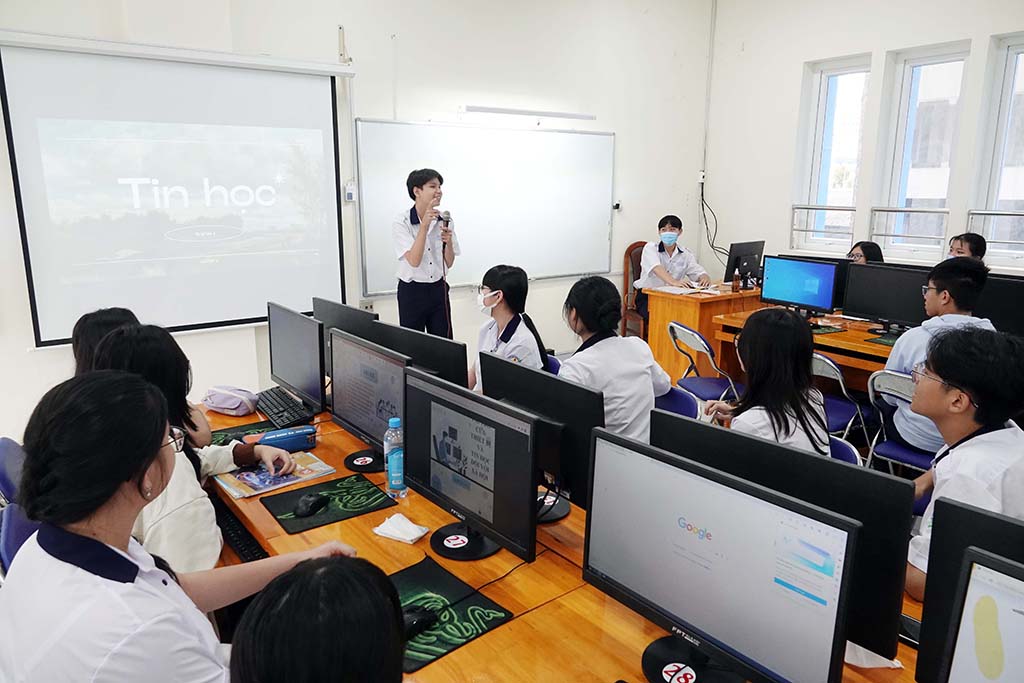
Information technology and information technology will be included in the group of subjects for the high school graduation exam for the first time from 2025.
PHOTO: DAO NGOC THACH
Information technology and technological competence are two requirements of the 2018 education program, aiming to train human resources to meet the requirements of the 4.0 industrial revolution. These two subjects are the basic components that make up STEM education in general education and universities.
In fact, in the past two school years, 10th grade students in large provinces and cities have chosen to study computer science at a fairly high rate. According to a report by the Hanoi Department of Education and Training, in the 2022-2023 school year, the rate of students choosing computer science was 62.8%, second only to physics (74.6%).
Information technology and information technology are two fields related to many training professions in university and vocational education. However, up to now, almost no university has included these two subjects in the admission combination because they are not graduation exam subjects.
STEM STUDENTS IN VIETNAM ARE LOW IN RATE COMPARED TO OTHER COUNTRIES
Vietnamese students studying STEM are still few compared to other countries. According to the Ministry of Education and Training, the proportion of Vietnamese students studying STEM, calculated as a percentage of the total number of students, is low compared to some countries in the region and Europe. The proportion of students studying STEM in 2021 in Singapore was 46%, Malaysia 50%, South Korea 35%, Finland 36% and Germany 39%. Meanwhile, in the same year 2021, this proportion in Vietnam was 28%. Particularly for natural sciences and mathematics, the proportion of Vietnamese students studying STEM was only approximately 1.5%, equal to 1/3 compared to Finland, 1/4 compared to South Korea and 1/5 compared to Singapore and Germany.
In addition, the distribution of students studying STEM in different regions is also uneven. The Southeast region accounts for 58.2%, the Red River Delta is 50.2%; the North Central region, Central Coast and Mekong Delta only reach approximately 15%, the Northern Midlands and Mountains are approximately 10%, while the Central Highlands is only approximately 2%.
According to economists, STEM human resources play a key role in the sustainable and stable growth of many countries. This is the decisive human resource that helps the US win in the future, so the growth rate of this human resource increased from 7.9% in the period 2000 - 2010 to 26% in the period 2010 - 2020.
With such an important role, STEM education, from primary to university, has been strongly implemented in countries with developed industries and is a major educational trend in China and Korea.
STEM professions are very diverse and constantly developing, mainly recruiting students according to block A (A00, A01, A02, A03, ...) and block B (B00, B01, B02, B03, B04 ...). Currently, universities do not have any combination of technology and information technology.
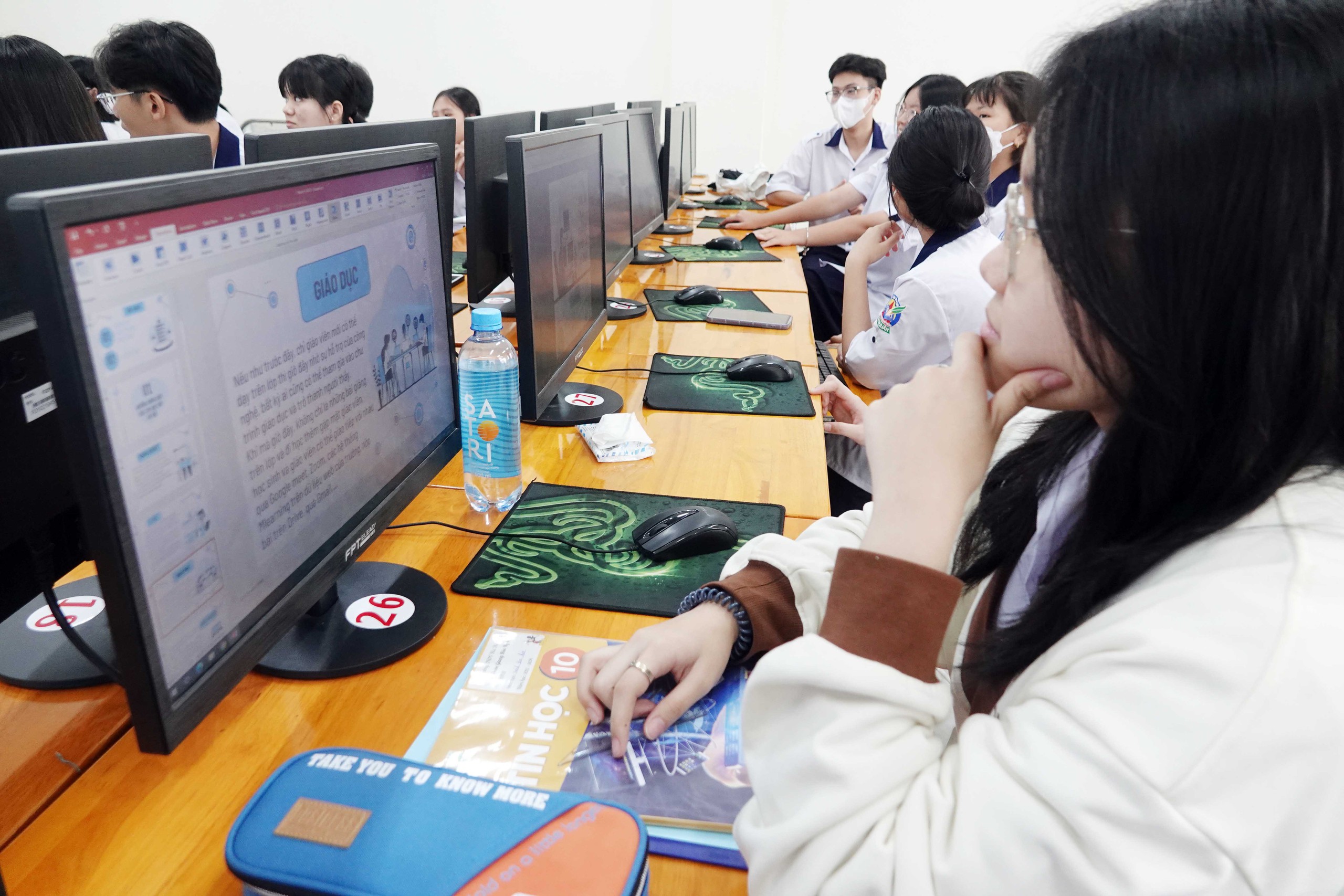
Information technology and technology competencies are two requirements of the 2018 education program, and are also two basic subjects that create STEM education in general education and universities.
NOTES ON EQUITY IN EDUCATION
According to Minister of Education and Training Nguyen Kim Son, one of the current challenges of university education is to innovate admission work to adapt to the innovation of the entire system, from general education to university education. Universities need to build new admission combinations with subjects such as information technology, foreign languages, economics and law, and need to announce them early from the beginning of the 2024-2025 school year so that students can choose their exam subjects early.
The early announcement of new admission combinations with IT and technology subjects aims to increase opportunities for students to enter STEM professions.
This not only helps universities attract more students to study STEM (from the current scale of 500,000 - 600,000 students to 1 million by 2030, according to the university education development plan to 2030, vision to 2045) but also has a more positive impact on general education.
Early announcement of admission combinations with technology and informatics will help students feel more confident and secure when registering for subjects from grade 10. However, when including informatics and technology in university admission combinations, the issue of fairness in education needs to be raised. That is the situation of lack of computers, technology teaching equipment and teachers for these two subjects in disadvantaged areas. This requires the state, authorities at all levels and the education sector to invest in resources and teaching staff for these subjects in disadvantaged areas, mountainous areas and islands.
Source: https://thanhnien.vn/can-som-dua-2-mon-hoc-moi-vao-to-hop-xet-tuyen-dh-tu-nam-2025-18524082921514809.htm



![[Photo] Prime Minister Pham Minh Chinh chairs the fourth meeting of the Steering Committee for Eliminating Temporary and Dilapidated Houses](https://vphoto.vietnam.vn/thumb/1200x675/vietnam/resource/IMAGE/2025/5/11/e64c18fd03984747ba213053c9bf5c5a)
![[Photo] National Assembly Chairman works with leaders of Can Tho city, Hau Giang and Soc Trang provinces](https://vphoto.vietnam.vn/thumb/1200x675/vietnam/resource/IMAGE/2025/5/11/c40b0aead4bd43c8ba1f48d2de40720e)

![[Photo] The moment Harry Kane lifted the Bundesliga trophy for the first time](https://vphoto.vietnam.vn/thumb/1200x675/vietnam/resource/IMAGE/2025/5/11/68e4a433c079457b9e84dd4b9fa694fe)
![[Photo] Discover the beautiful scenery of Wulingyuan in Zhangjiajie, China](https://vphoto.vietnam.vn/thumb/1200x675/vietnam/resource/IMAGE/2025/5/11/1207318fb0b0467fb0f5ea4869da5517)


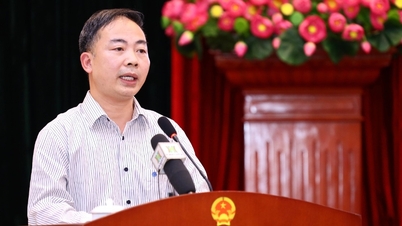




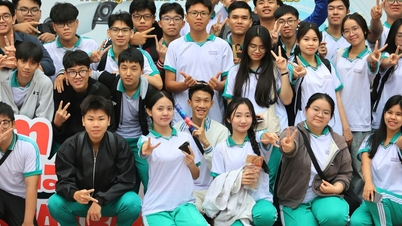
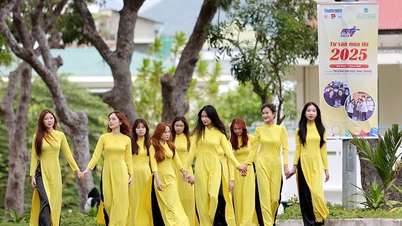

![[Video] Prime Minister directs 3 "hot" issues of the education sector](https://vphoto.vietnam.vn/thumb/402x226/vietnam/resource/IMAGE/2025/5/11/7e31b727b1264eda82eca75f579349d1)

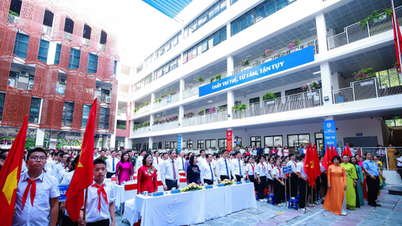

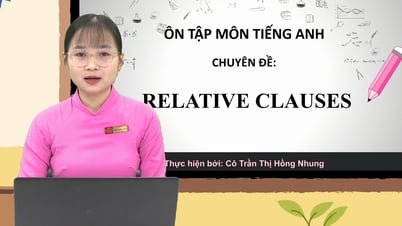































































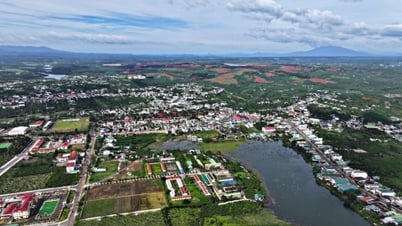


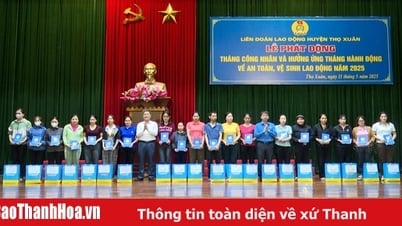











Comment (0)